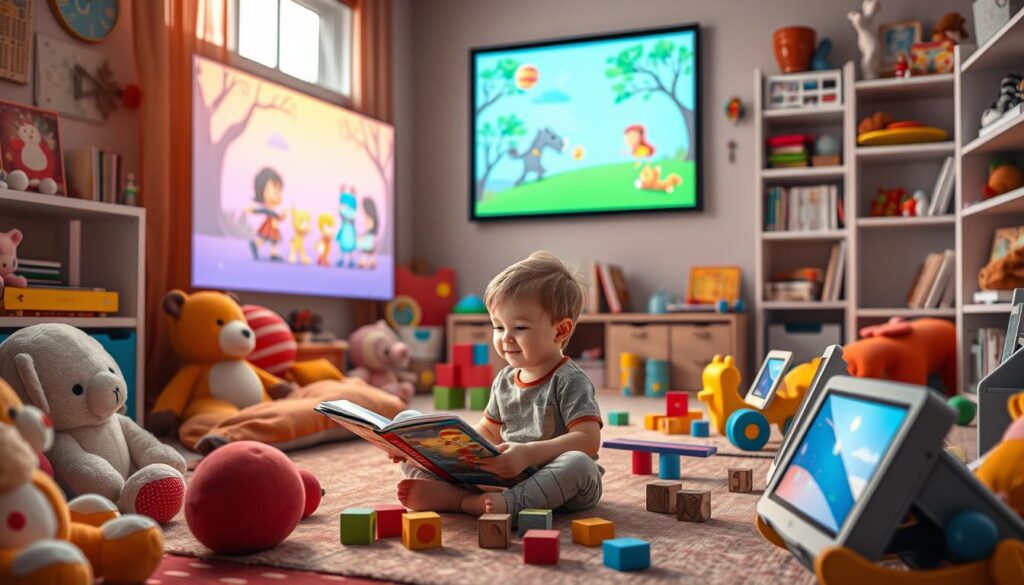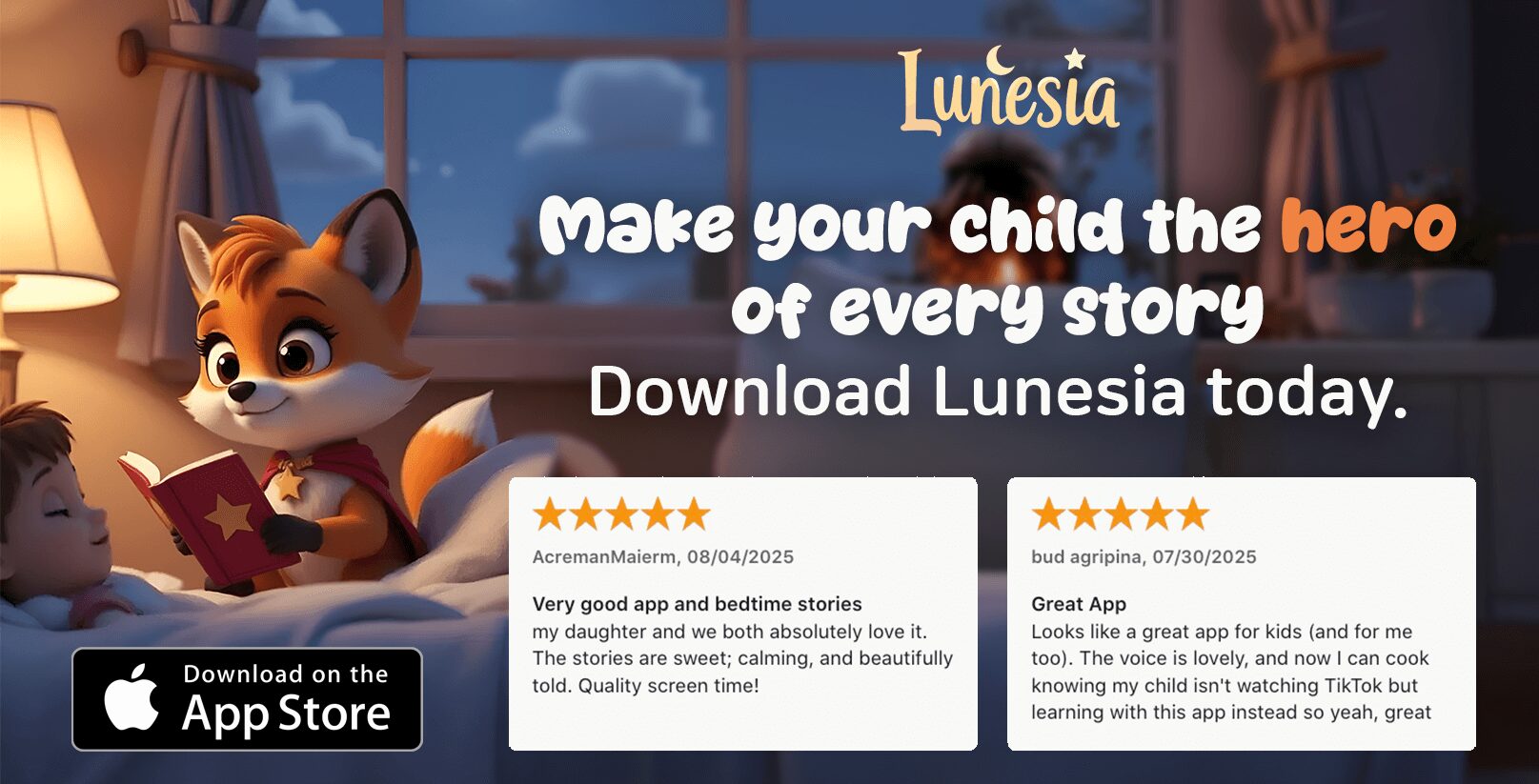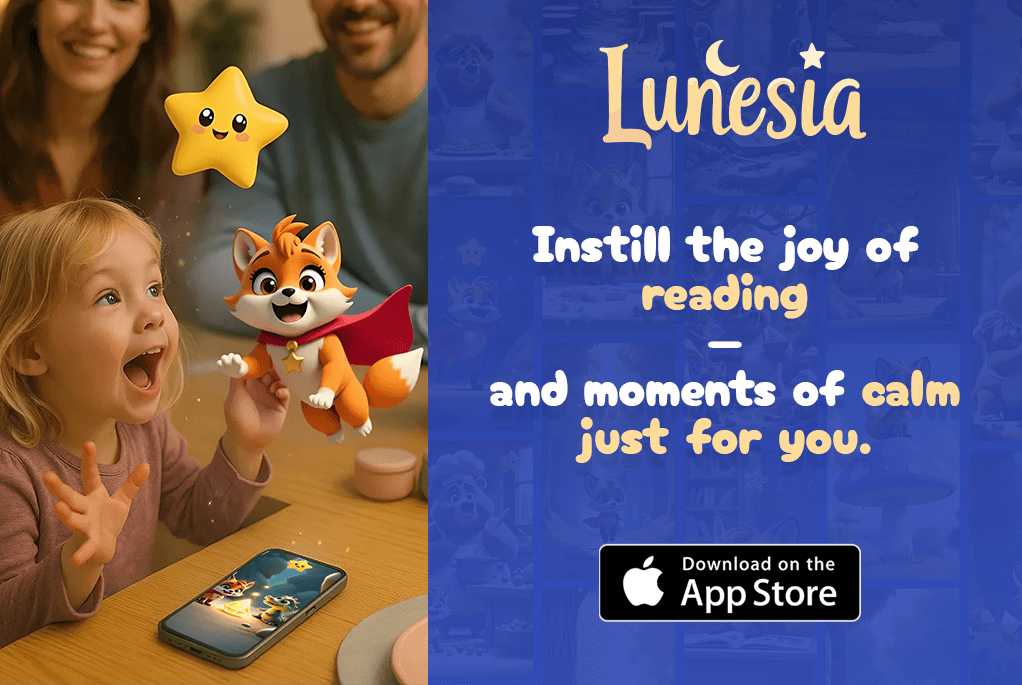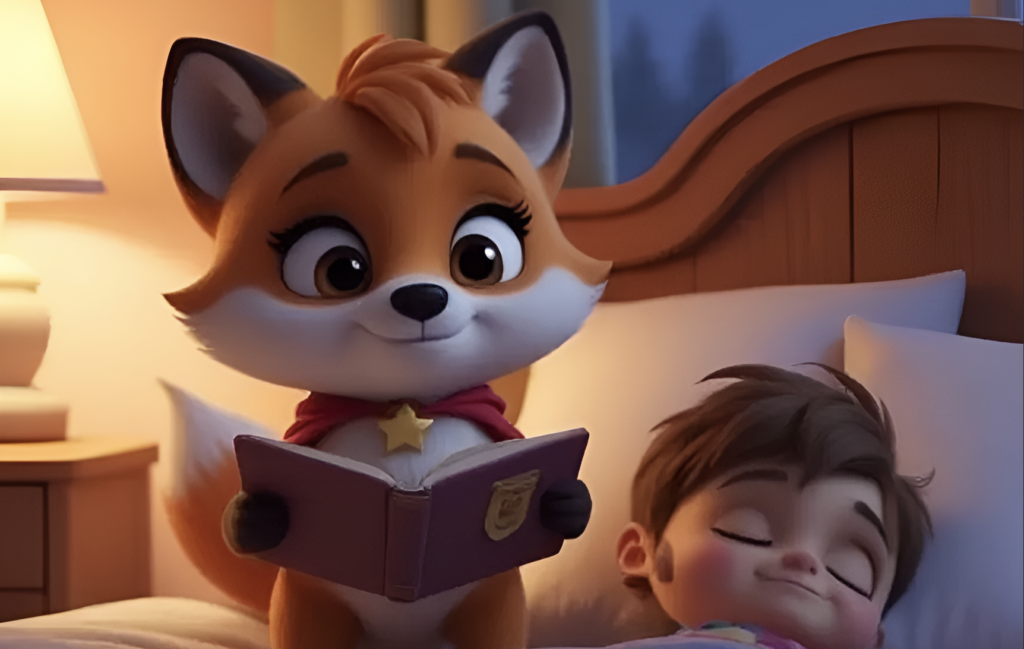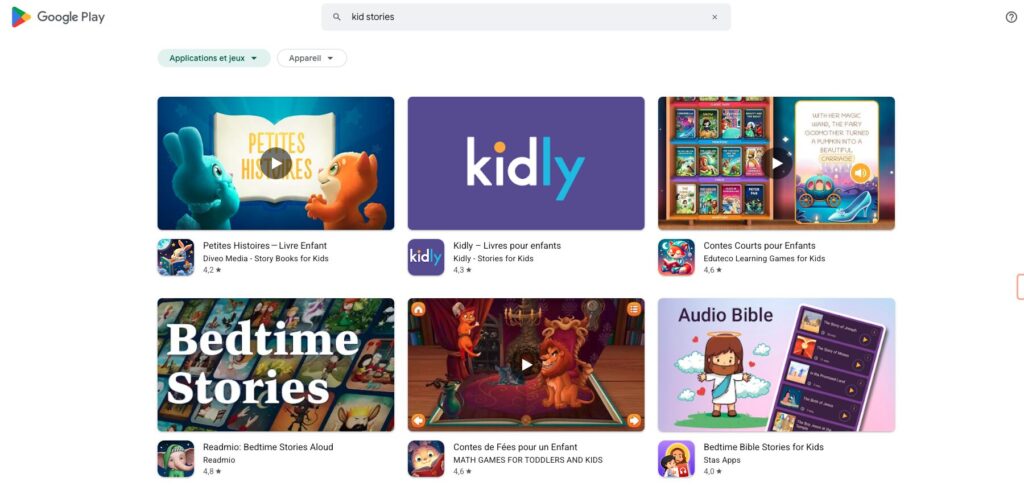When I first introduced my child to an interactive story, I was amazed at how quickly they became engrossed. Unlike traditional books, this narrative allowed them to make choices that shaped the outcome. It was a magical experience that sparked their creativity and imagination in ways I hadn’t seen before.
Interactive storytelling is a unique approach where the reader becomes an active participant. Instead of following a linear path, the story adapts based on their decisions. This method not only engages children but also helps them develop critical thinking and problem-solving skills.
For example, in a video game with branching paths, children can explore different worlds and see the consequences of their actions. This hands-on experience makes the story more personal and memorable. It’s a powerful tool for learning and growth.
As we delve deeper into this topic, you’ll discover how interactive storytelling can transform the way children engage with books and games. It’s not just about entertainment; it’s about fostering a love for stories and encouraging creative thinking.
Understanding the Basics of Interactive Storytelling
Exploring the world of stories with my child opened my eyes to a new way of learning. Interactive storytelling is a blend of narrative and interactivity, where the reader becomes an active participant. Instead of passively following a plot, they make choices that shape the outcome. This approach creates a unique experience that feels personal and engaging.
Definition and Key Concepts
At its core, interactive storytelling is about giving the reader control. Think of it like a video game where decisions lead to different paths. Key concepts include branching narratives, where the story splits based on choices, and user agency, which empowers the participant to influence the plot.
Technical elements like drama managers and agent models make this possible. These tools adapt the story in real-time, ensuring a seamless experience. For example, in the game Mass Effect, players’ decisions affect relationships and even the ending.
Benefits of Engaging Narratives for Children
Interactive stories are more than just fun—they’re a powerful tool for learning. By making decisions, children develop critical thinking and problem-solving skills. They also explore different worlds, which sparks creativity and curiosity.
For instance, in Façade, players navigate complex human interactions, teaching empathy and communication. These narratives bridge technology and the humanities, offering a rich experience that traditional books often can’t match.
Understanding these basics is the first step to appreciating how interactive storytelling can transform the way children engage with stories. It’s not just about entertainment—it’s about fostering a love for learning and creativity.
History and Evolution of Storytelling Techniques
The journey of storytelling has always fascinated me, especially how it has evolved over time. From ancient oral traditions to modern digital experiences, the way we tell stories has continually adapted to new technologies and cultural shifts. This evolution has not only enriched our narratives but also transformed how we engage with them.
Early Innovations and Groundbreaking Experiments
In the 1970s, pioneers like Roger Schank began exploring how computers could simulate human thought processes. His work laid the foundation for interactive narratives, where the reader could influence the outcome. Around the same time, Brenda Laurel’s dissertation on computers as theatre introduced the idea of digital storytelling as a performative art.
One of the earliest examples of this approach was TaleSpin, a project that allowed users to create their own stories by making choices. These early experiments paved the way for more sophisticated systems, blending technology with creativity to offer a unique experience.
Technological Advances Shaping Narrative Structures
By the 1990s, advancements in computing power enabled more complex narrative structures. Projects like Façade pushed the boundaries of interactive storytelling, using artificial intelligence to adapt the story in real-time based on the reader’s decisions. This marked a significant leap from text-based systems to immersive digital worlds.
Today, video games like Mass Effect and The Witcher showcase how far we’ve come. These games offer branching narratives, where every choice shapes the ending. They’re not just entertainment; they’re a tool for exploring complex themes and fostering creativity.
As we look back, it’s clear that these historical innovations have shaped the way we tell and experience stories. They’ve opened up new possibilities for engaging audiences, especially children, in meaningful and imaginative ways.
Interactive Storytelling: Techniques and Tools
Creating stories that adapt to my child’s choices has been a game-changer in how they learn and play. It’s fascinating to see how different techniques and tools can shape their experience and spark their imagination. Let’s dive into some of the most effective methods used in this approach.
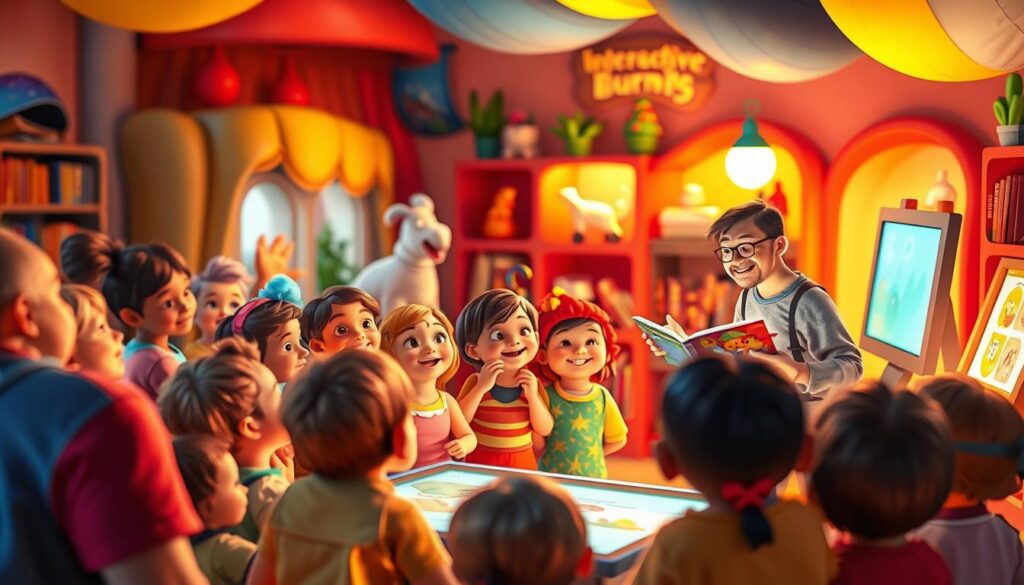
Branching Narratives vs. Storylets
One of the most common techniques is the use of branching narratives. In this method, the story splits into multiple paths based on the reader’s decisions. For example, in the game Where the Water Tastes Like Wine, players’ choices lead to different outcomes, creating a unique experience every time.
On the other hand, storylets are smaller, self-contained narrative pieces. Think of them as building blocks that can be rearranged to create a larger story. This approach allows for more flexibility and creativity, as the reader can explore different combinations.
User Agency and Adaptive Story Structures
At the heart of interactive storytelling is user agency. This means giving the reader the power to influence the narrative. For instance, in Mass Effect, players’ decisions affect the relationships between characters and even the ending of the game.
To make this possible, developers use tools like drama managers and narrative graphs. These systems adapt the story in real-time, ensuring a seamless and engaging experience. The key is to balance interactivity with narrative coherence, so the story feels both personal and meaningful.
By understanding these techniques and tools, you can create stories that not only entertain but also inspire creativity and critical thinking in young audiences.
Creative Approaches to Spark Children’s Imagination
Watching my child light up with excitement during a multimedia story session reminded me of the magic of creativity. Combining text, audio, and visuals can transform a simple story into an immersive experience. This approach not only entertains but also nurtures a love for learning and imagination.
Integrating Multimedia Elements in Storytelling
Multimedia storytelling blends text, sound, and visuals to create a dynamic narrative. For example, projects like The Boat use audio and illustrations to bring the story to life. This method engages children’s senses, making the experience more memorable.
Adding sound effects or background music can enhance the emotional impact of a story. Visual elements like animations or illustrations help children visualize the world you’re creating. It’s a powerful way to captivate their attention and spark their imagination.
Leveraging Interactive Prompts and Games
Interactive prompts and game-like choices keep children engaged. For instance, in After the Storm, readers make decisions that shape the outcome. This hands-on approach encourages critical thinking and creativity.
Here are some practical tips to incorporate interactivity:
- Use branching narratives where choices lead to different paths.
- Add puzzles or challenges that require problem-solving.
- Include character-driven prompts that let children influence the story.
By blending multimedia and interactivity, you can create stories that entertain, educate, and inspire. Experiment with different elements to see what resonates most with your young audience.
Implementing Interactive Storytelling in Education and Media
Seeing my child deeply engaged in a digital story during a classroom activity was a moment of clarity for me. It showed how interactive storytelling can transform learning into an immersive experience. By blending visual and audio elements, educators can create lessons that captivate young minds and foster creativity.
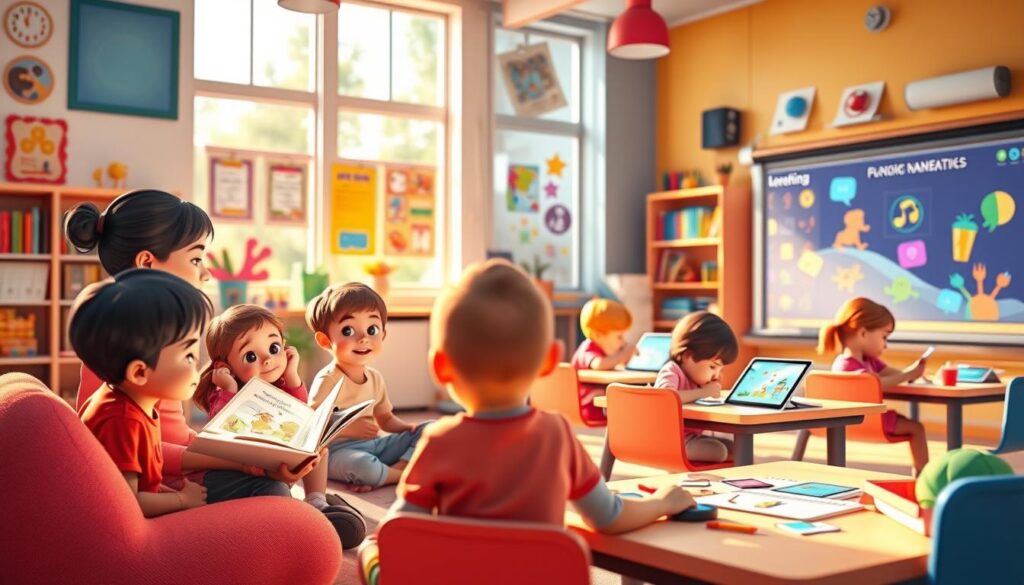
Engaging Children Through Visual and Audio Content
Combining visuals and sound can turn a simple story into a dynamic learning tool. For example, digital platforms like Microsoft Sway allow teachers to create multimedia presentations. These tools make lessons more engaging and help children retain information better.
Audio elements, like background music or character voices, add depth to the narrative. Visual aids, such as animations or illustrations, help children visualize the world being described. This multisensory approach makes learning both fun and impactful.
Practical Applications in Education
Interactive storytelling is increasingly used in classrooms to enhance engagement. For instance, digital games with branching paths allow students to explore different outcomes based on their choices. This method encourages critical thinking and problem-solving skills.
Here are some practical ways to integrate this approach:
| Method | Benefit |
|---|---|
| Branching narratives | Encourages decision-making |
| Multimedia presentations | Enhances retention |
| Interactive prompts | Boosts creativity |
By using these techniques, educators can create lessons that are not only educational but also enjoyable. It’s a way to make learning more personal and meaningful for every child.
Real-World Examples
Projects like The Boat demonstrate the power of digital storytelling. This multimedia story uses audio and visuals to engage the reader on a deeper level. Such examples show how technology can enhance traditional teaching methods.
Another example is the use of digital storytelling in ESL classrooms. Studies show that students in rural Malaysia became more engaged and participative after incorporating this approach. It’s proof that interactive narratives can bridge gaps in education.
By embracing these tools, educators can create a learning environment that sparks curiosity and nurtures creativity. It’s not just about teaching—it’s about inspiring a lifelong love for stories and knowledge.
Future Trends in Interactive Storytelling
The future of storytelling is evolving at an incredible pace, and I can’t wait to see how it shapes my child’s imagination. Emerging technologies like virtual reality (VR) and augmented reality (AR) are set to revolutionize the way we experience stories. These innovations promise to create immersive worlds where readers can step into the narrative and interact with characters in ways never before possible.
Imagine a world where children can explore ancient civilizations through VR or solve mysteries in AR-enhanced environments. These tools not only make learning more engaging but also spark creativity by allowing kids to shape their own story. The possibilities are endless, and the impact on education and entertainment will be profound.
Emerging Technologies and Immersive Experiences
Technologies like VR and AR are transforming how we tell and experience stories. For example, VR headsets can transport readers into a game or narrative, making them active participants rather than passive observers. AR, on the other hand, overlays digital elements onto the real world, creating a blended story experience.
AI-driven narrative engines are another exciting development. These systems adapt the story in real-time based on the reader’s choices, offering a personalized experience. This level of interactivity ensures that every journey through the narrative is unique and memorable.
Innovative Narrative Structures and User Interaction
Future storytelling will also feature more innovative structures. For instance, branching narratives will allow readers to explore multiple paths and outcomes. This approach encourages critical thinking and problem-solving, as each choice shapes the story.
Here’s a glimpse of what’s coming:
| Technology | Impact |
|---|---|
| Virtual Reality | Creates fully immersive worlds |
| Augmented Reality | Blends digital and real-world elements |
| AI-Driven Narratives | Offers personalized story experiences |
These advancements will redefine how we engage with stories, making them more dynamic and interactive. As these technologies become more accessible, they’ll open up new opportunities for creativity and learning.
Stay curious and keep an eye on these trends. The future of storytelling is bright, and it’s only just beginning to unfold.
Conclusion
As I reflect on the journey of nurturing my child’s imagination, I’m reminded of the power of stories to inspire and connect. From branching narratives to multimedia integration, these techniques have transformed how children engage with characters and plots. They’re not just tools for entertainment but pathways to creativity and learning.
By blending technology with traditional methods, we’ve unlocked new ways to spark curiosity and critical thinking. Whether through a game or a digital story, the reader becomes an active participant, shaping their own experience. This hands-on approach fosters a deeper connection to the material and encourages lifelong learning.
The future of narratives is bright, filled with innovative possibilities to engage young minds. As parents and educators, we have the opportunity to experiment with these methods and inspire the next generation. Take these insights and explore the endless ways to bring stories to life. Together, we can create meaningful, memorable experiences for every child.
FAQ
What is interactive storytelling, and why is it important for children?
Interactive storytelling is a dynamic way to engage children by allowing them to influence the narrative. It’s important because it sparks creativity, builds decision-making skills, and makes learning fun.
How does interactive storytelling benefit a child’s development?
It enhances critical thinking, improves communication, and fosters empathy. By making choices, children learn to understand consequences and explore different perspectives.
What are some key techniques used in interactive storytelling?
Techniques include branching narratives, where choices lead to different outcomes, and storylets, which are smaller, self-contained story pieces. Both methods keep children engaged and curious.
Can interactive storytelling be used in education?
Absolutely! It’s a powerful tool for teaching subjects like history, science, and language arts. By making lessons interactive, children retain information better and stay motivated.
What role does technology play in interactive storytelling?
Technology, like apps and video games, brings stories to life with visuals, sound, and interactivity. It creates immersive experiences that captivate children’s attention.
How can parents incorporate interactive storytelling at home?
Parents can use books with multiple endings, storytelling apps, or even create their own stories with choices. It’s a great way to bond and encourage creativity.
What are some examples of interactive storytelling in media?
Shows like *Blue’s Clues* and games like *Minecraft* use interactive elements to engage young audiences. These examples blend entertainment with learning seamlessly.
What future trends can we expect in interactive storytelling?
Emerging technologies like virtual reality and AI will create even more immersive experiences. Expect innovative narratives that adapt to individual preferences in real-time.
